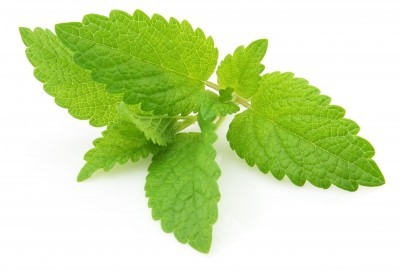Which tea suits your pain or just relax

color from wild plants
May 15, 2018
The organic trend
May 15, 2018Which tea suits your pain or just relax
Tea has always been a popular drink, but today the health awareness of a drink is growing. Tea is used today for weight loss, diabetic diet, high cholesterol, digestive problems and even relaxation. What are the health benefits of tea, how to combine it in our lives and in what quantities
Tea, which was discovered in China quite coincidentally, underwent changes, improvements and upheavals until it reached its strong status, which includes a huge variety of varieties and occupies a large area in supermarkets.
We will first distinguish between the existing teas:
1. Black tea, the most common, with strong aroma. It originates from the oxidized camellia plant.
2. The green tea, with a refined flavor, also originates from the camellia plant but without the oxidation process.
3. Olong tea is a combination of black and green tea.
4. Herbal teas, whether or not combined with the tea plants, includes a broad family of herbal infusions and wildflowers that have also been called medicinal herbs because they are attributed to vital effects and treatments of the body’s senses.
Why drink tea? For many reasons. Here they are before you.
Relaxing and refreshing
Tea has gained momentum worldwide due to its soothing and refreshing properties. Some places in the world even increase its weight and assign it a special meal. Definitions such as tea break, tea time are used as a reason for respite from activity and rest for the soul. Tea is taken for granted to finish a heavy meal stick. He warms us in the winter and recently he has taken a place that is not negligible on the ICED TEA cold drinks shelf.
Tea and diet
Tea, especially green tea, has been seen in recent years as an aid to the diet. Unlike diet pills and other wonder products sold to weight watchers, tea theory and diet is based on several scientific studies.
Green tea extract containing caffeine and CATECHINS
British research
Drinking tea improves memory / Moti Gal
Researchers in Britain have found that black and green tea has been able to inhibit Alzheimer’s-related substances. The effect of green tea continued for a week
To the full article
There is a liposuction inhibitory activity and increased trigeminalysis (without speeding up the heart rate). These two activities stimulate the metabolic rate and hence help slimming.
The studies are still in progress, so it is not quite clear how much tea to drink to stimulate metabolism significantly, and if drinking green tea in these quantities will not increase the value of the disadvantages over the benefits. In any case, the activities described above are associated with the central nervous system and can lead to an increase in blood pressure.
Tea and cholesterol
The green tea contains a large amount of katkin (the higher the quality of the leaves and the less the quantity of ketkin is processed), a substance that has been found to contribute to lowering cholesterol levels. And therefore it is recommended that those suffering from high cholesterol level be included in their daily diet.
Tea and diabetes
Beyond the contribution of green tea to weight loss, there are several plants that can be brewed for tea, which have been diagnosed as contributing to lowering blood sugar and therefore recommended for diabetics. Among the best sellers in the country are the Citibia plant (which has not yet been approved by the FDA), olive oil and nettle. Although they are sold in stores freely, under different brands, it is not advisable to consume them regularly without guidance and advice including a combined diet menu daily.
Tea and other senses
When you enter the world of “herbal teas” you discover that this is a complete and wide-scale healing practice. The medicinal plants can be adapted to a wide variety of herbs and medicinal diseases that purify them.
Tea for health
Green tea prevents arthritis / news agencies
Have you thought green tea is good for your health? Now you will know. New research reveals
The obvious advantage is that this is a natural cure without the chemical components of the conventional drugs, the disadvantage is the inability to evaluate the cure. The level of influence of plant infusions, if any, is individual – can solve problems for one, while the other will not notice any contribution.






